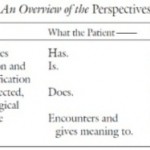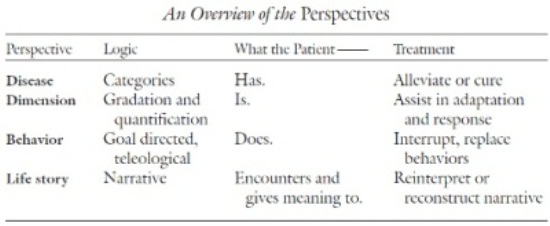Male infertility
Investigation of male fertility status using semen analysis is important, as a minority of men with CF (some few per cent only) will be fertile. This is more common with specific gene mutations. However, while the majority of men report they would like semen analysis to be undertaken in order to confirm their fertility status, not all men with CF are either tested or offered semen analysis. Studies suggest that between one in two and one in three men with CF have had semen analysis. Sawyer et al. also showed that the timing of semen analysis is still significantly later than desired: while more than 95 per cent of men said they believed that semen analysis should be offered to men before the age of 20 years, the youngest age of testing in this recent Australian study was 24 years.
The first studies to explore any aspect of the sexual and reproductive health needs of men with CF date from the late 1980s. These early studies showed that adolescent and adult men with CF had very poor knowledge of the sexual and reproductive complications of CF. Of note, Hames et al. found that the majority of both males and their parents were unaware that men with CF were infertile. More recent studies from the last decade in Boston, USA, Birmingham, England, Scotland and Australian have shown increasing awareness of infertility in men with CF: the majority of contemporary men with CF know that their fertility is likely to be affected by the disorder Buy Nolvadex in Canada, and know why this is so.
These studies also identify that between 68 and 84 per cent of men with CF want children in the future. The desire for more information on sexual and reproductive health is a consistent theme across studies. However, despite the improved survival of CF over the past few decades, few studies have directly assessed the impact of future infertility on teenagers with CF. Apart from a qualitative US study that included ten adolescent males (of whom five were not aware of male infertility), our knowledge of the impact of infertility in adolescence has been obtained from the (retrospective) reflections of adult men with CF. This qualitative study informed the development of a quantitative survey of adult men with CF in Australia. Both studies suggest that knowledge of infertility in adolescence is less overwhelming than might be thought. For example, 90 per cent of men reported not being distressed when they first heard about infertility during adolescence. Typical comments were:
- There was no real effect at the time. I just took it as part of CF. (29-year-old who first heard about likely infertility when aged 12)
And:
- I didn’t really think about it much. At the time I wasn’t upset. (27-year-old who first heard when 15)
However, 10 per cent described a significant impact upon hearing of male infertility in adolescence. For example, one said:
- It took me by surprise, I was shocked. (25-year-old who was first told when he was 12)
The impact of infertility appears to become more significant as adolescents and young adults mature and form more intimate and committed relation-ships where there is an expectation of fertility. Typical comments were:
- At first it went in one ear and out the other, but then I thought about it. (20-year-old)
And:
- At the moment it’s not a concern. It’s like it hasn’t really hit me yet. Later, it could be devastating. (19-year-old)
Infertility was reported as an insignificant aspect of CF by only 10 per cent of adult men. For example, one commented:
- I’ve been busy with living, which is more important than having kids. (38-year-old)








